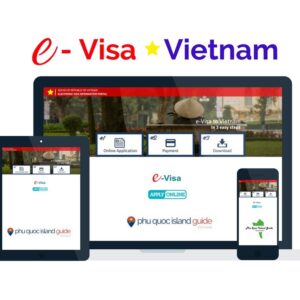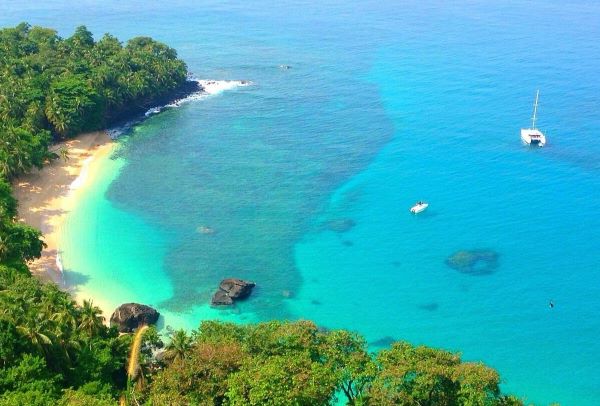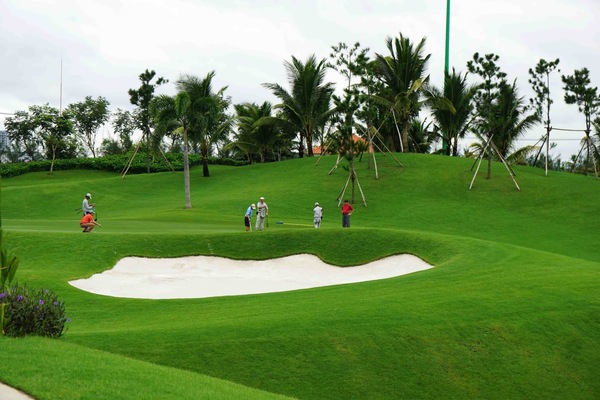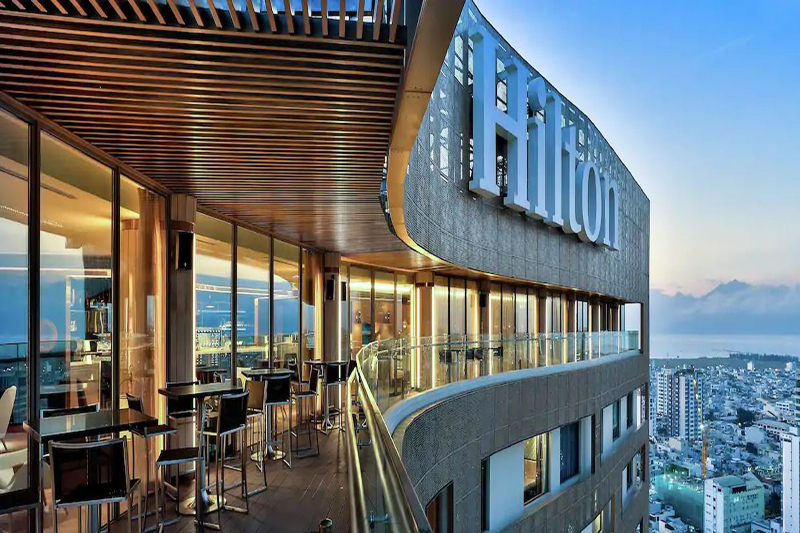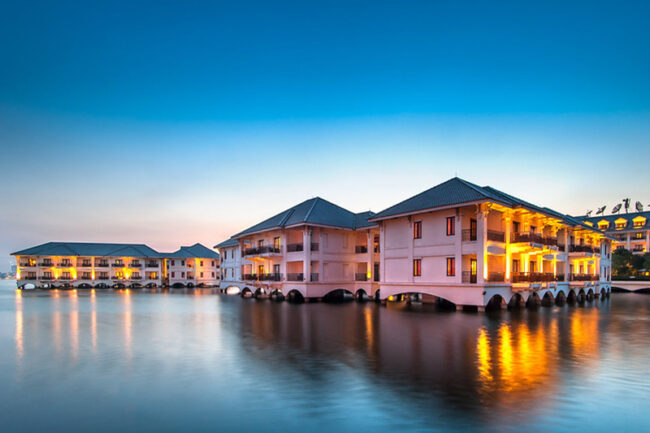Information on Vietnam E-visa to Citizens from 80 Countries
The Vietnamese Government has issued Vietnam E-visa to citizens from 80 countries since July 1, 2020 according to the latest Resolution No. 79/NQ-CP.
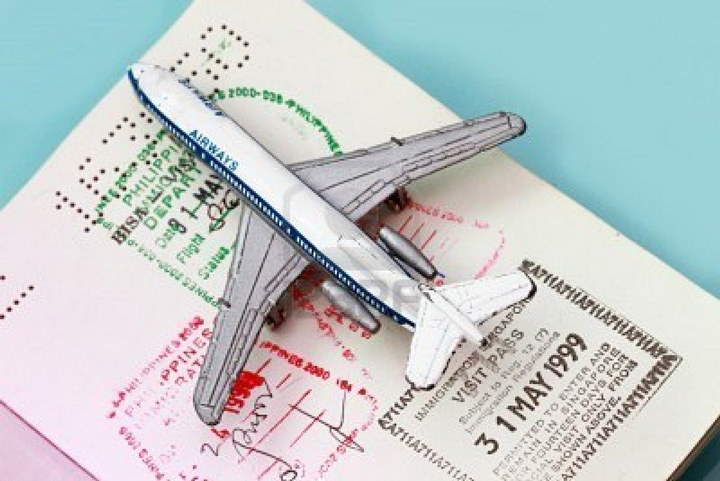
Vietnam e-visa for travelers
1. What is E-visa?
Vietnamese visa is a kind of travel document granted by Vietnamese competent authorities. It will provide a person permission to travel to and enter Vietnam.
In addition, an electronic visa (E-visa) is one of the visa types issued to foreigners by Vietnamese Immigration Department via electronic system. Vietnam E-visa is valid for a maximum of 30 days, single entry.
2. The list of 80 countries
Argentina, Armenia, Azerbaijan, Ireland, Iceland, Austria, Poland, Belarus, Belgium, Portugal, Bosnia and Herzegovina, Brazil, Brunei Darussalam, Bulgaria, United Arab Emirates, Kazakhstan, Canada, Qatar, Germany, Chile, Colombia, India, Czech Republic, Andorra, Liechtenstein, Monaco, Croatia, Cuba, Denmark, Cyprus, Timor Leste, Estonia, Georgia, Republic of Korea, United States of America, Hungary, Greece, Italy, Latvia, Russia, United Kingdom of Great Britain and Northern Ireland, Lithuania, Luxembourg, Micronesia, Malta, Macedonia, Mexico, Myanmar, Moldova, Mongolia, Montenegro, Nauru, Japan, New Zealand, Australia, Palau, Panama, Finland, France, Fiji, Philippines, Marshall Islands, Salomons Islands, Romania, Western Samoa, San Marino, Serbia, Spain, Sweden, Switzerland, China (including Hong Kong SAR and Macau SAR passport holders, not apply to Chinese E-passport holders), Uruguay, Vanuatu, Venezuela, Netherlands, Norway, Slovakia, and Slovenia.
3. The entrance policy for Vietnam E-visa
Visitors with E-visas can enter Vietnam at 8 international airports, or arrive via land at 16 international border gates and via sea at 13 seaports across the country.
8 international airports are: Noi Bai, Tan Son Nhat, Cam Ranh, Da Nang, Cat Bi, Can Tho, Phu Quoc and Phu Bai International Airports.
16 land border gates are: Tay Trang (Dien Bien Province), Mong Cai (Quang Ninh Province), Huu Nghi (Lang Son Province), Lao Cai (Lao Cai Province); Na Meo (Thanh Hoa Province), Nam Can (Nghe An Province), Cau Treo (Ha Tinh Province), Cha Lo (Quang Binh Province), La Lay, Lao Bao (Quang Tri Province), Bo Y (Kon Tum), Moc Bai, Xa Mat (Tay Ninh Province), Tinh Bien, Song Tien (An Giang Province), and Ha Tien (Kien Giang).
13 seaports are: Hon Gai, Cam Pha (Quang Ninh Province), Hai Phong (Hai Phong City), Nghi Son (Thanh Hoa Province), Vung Ang (Ha Tinh Province), Chan May (Thua Thien-Hue Province), Da Nang (Da Nang City), Nha Trang (Khanh Hoa Province), Quy Nhon (Binh Dinh Province), Dung Quat (Quang Ngai Province), Vung Tau (Ba Ria-Vung Tau Province), Ho Chi Minh City (HCMC), Duong Dong (Kien Giang Province).
The above policy is implemented by the Government in accordance with the Law on Entry, Exit, Transit, and Residence of Foreigners in Vietnam in 2019.

4. How can foreigners apply for Vietnam E-visa?
1. Visit the electronic visa information page to fill out information about electronic visa application.
2. Download the photo and passport’s identity page following the form.
3. Receive the electronic application code and pay the visa issuing fee to the designated account.
Within 3 working days from the date of receipt of sufficient information for electronic visa application and visa fee, the Immigration Department shall consider, resolve and respond to the E-visa applicant at the E-visa information page.
Apply for Vietnam E-visa now <here>
5. The benefit of this resolution to Vietnamese tourism
The expansion of the list of countries whose citizens are piloting e-visas and border gates that allow foreigners to enter and exit via electronic visas – is a good move to:
1. Show the Government’s determination to reform the administrative procedures on visas, especially Vietnam E-visa.
2. Create more favorable conditions for foreigners to enter Vietnam. This will contribute to promoting and developing tourism as a key economic sector.
Vietnam Is Ready More Than Ever to Restart International Tourism After The Pandemic
Countries and territories around the world are beginning to ease lockdown rules in order to make way for tourism to begin. And Vietnam is no exception!
According to the global impact rating of the Covid-19 pandemic on the top 30 countries in terms of economic efficiency and public health, The Politico (USA) rated Vietnam as the best country in the world. Besides, WeSwap, the U.K.’s largest travel money provider, has also listed Vietnam among the first economies likely to restart international tourism following the Covid-19 pandemic.
Therefore, in parallel with the continuous prevention and control of epidemics, Vietnam is restarting both domestic and international tourism with incentive tour packages for tourists, promotion strategies to support tourism businesses, etc.
1. Vietnam’s plans to restart Vietnamese tourism and welcome tourists from abroad
The Ministry of Culture, Sports and Tourism has also set up a set of criteria with specific guidelines on safe tourism, serving domestic tourism in the immediate future. In the coming time, travel businesses will build both short-term and long-term detailed strategies to restart domestic tourism.
For international tourism, the Ministry will have specific plans. As a result, when the epidemic is completely under control, Vietnam will actively attract potential foreign markets.
2. What are new re-defined contexts?
Firstly, all of us need to cooperate and keep belief
As soon as Vietnam announces the end of the epidemic, the whole sector will focus on stimulating the tourism market. Also, this plan needs the cooperation of all businesses and units through a time-limited exemption or reduction of services. They are prices, aviation, accommodation, entrance fees, etc. At the same time, the tourism industry will continue to deploy the promotion of Vietnam’s image as a safe and attractive destination.
Secondly, the attractive offers on tour packages, promotions and discounts
In the coming time, Vietnam will introduce diverse products, develop a direct and extensive image promotion strategy to the world. Together with affirming more and more, Vietnam is proud to become one of the most potential countries of Asia in boosting the tourism industry.
Also, it’s time companies promoted marketing and sales communications. Launching travel stimulus packages is a good way to encourage early guests to register for the tour.
Besides, travel agencies should also work closely with localities. By this way, they will create new tour packages with preferential prices and discounts for tourists.
Hopefully, tourism in particular and Vietnamese economy in general will bounce back optimistically and resume the high growth trajectory. Above all, one thing for sure, it has been and always will be SAFE to travel to Vietnam!
Read more:

